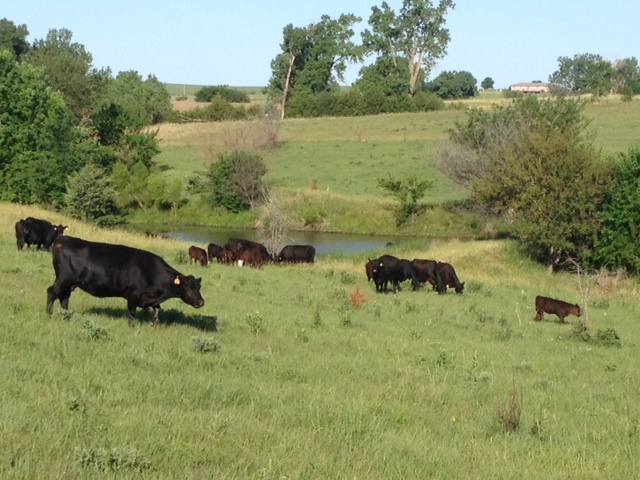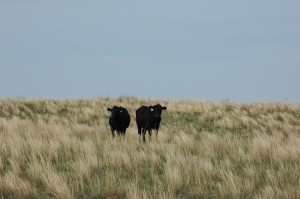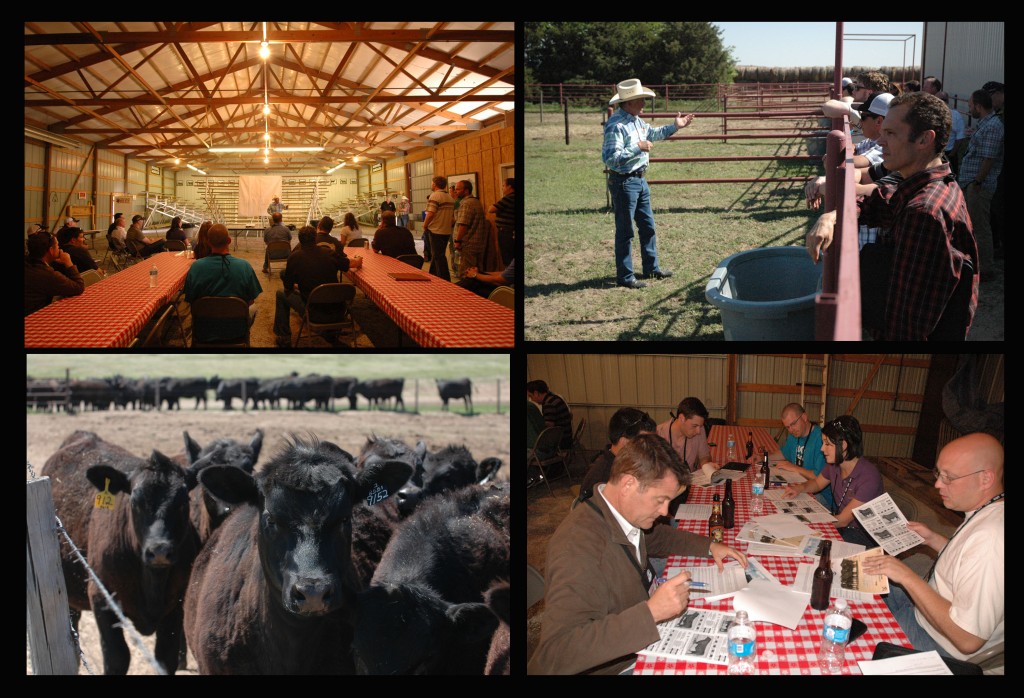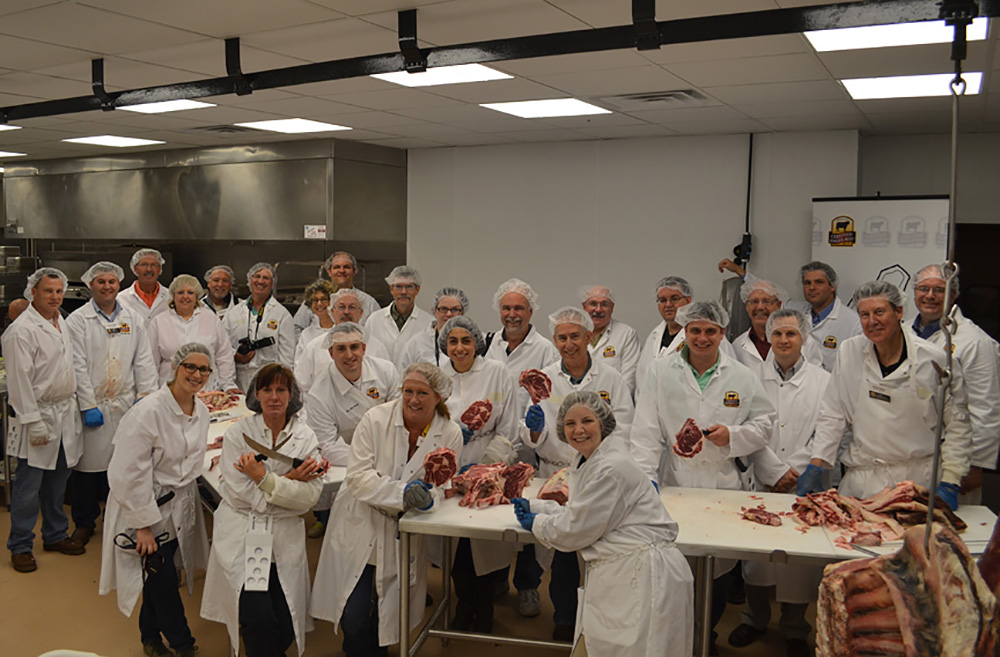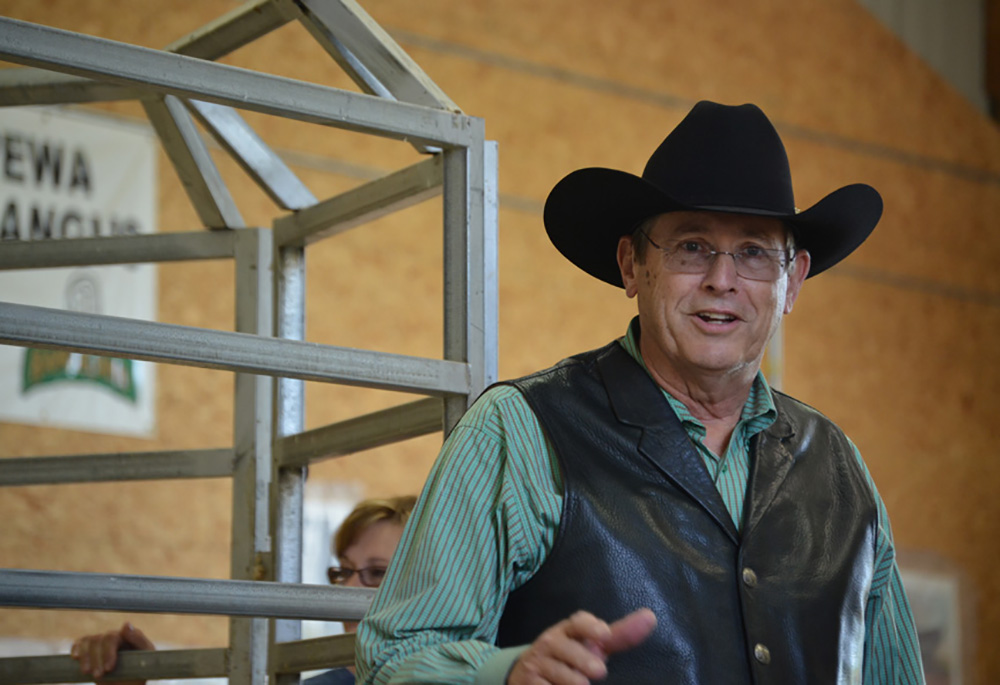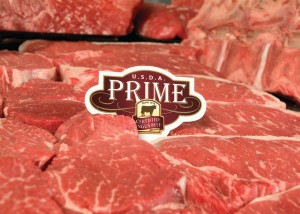
A better man
Floyd and Lavonne Peters came down from eastern Iowa to watch my future brother-in-law (didn’t know that at the time either!) judge the feeder calf show there in Wichita. I, of course, was there with my future wife (I was sure HOPING, anyway!) to watch the show, and presumably, meet her parents. I already knew my brother-in-law-to-be.
As it ended up, about 22 months later, Karol and I were married. And I married into one of the best families that I ever could have. I’d like to tell you about each one, but today, I’m talking about Floyd. A better man I could never hope to be.
He’s built like a whipcord. Tall and slender, strong. A face, neck and arms that are dark brown, burned by countless hours of sun and wind. A pair of large hands; one mangled from a corn picking accident as a young man. Long, sinewy arms, deep set eyes, and a very sharp mind. Jeans, denim Wrangler pearl snap shirt, and cowboy boots. Work ethic like none other. In the winter, he wore coveralls, insulated boots, yellow “fuzzies” chore gloves, and a Cornelius seed corn cap with ear flaps. He and Lavonne raised seven children, all on farm income, with no off-farm funds to subsidize the operation. They milked a cow long past when most farmers gave up that enterprise. However, he was also very progressive, being one of the first in the area to use artificial insemination extensively. He was on the county cattlemen’s board and started a “County Fair Steer” program, where local producers would give a steer to a 4-Her for nothing up front and then receive back a portion of the calf proceeds after it sold at the county fair livestock sale. He was on the fairboard, and served as president for several years. He always lined up the parade floats. Floyd could direct traffic in downtown Boston or New York. He took on responsibility and led people. If you needed somebody to be in charge, Floyd Peters was your guy.

He never misses mass on the weekends. He is a strong advocate for the rights of the unborn. He would never take a handout. He will stand up, with very firm convictions, for those things he believes in. He expects a lot out of everyone around him, but always expected more out of himself. He was more excited about a new set of screwdrivers, or a new power tool, or a new welding helmet than he would ever be about an article of clothing or anything personal for himself. Every day he would hand deliver the elderly widow’s mail when hauling bales to feed cows in the winter time, from the mail box to her front door. He still calved out cows until he was into his upper 70’s, when he finally “kinda retired”, although he still continued to mow, rake, and bale hay; plant corn, plant soybeans, dry corn, build fence, spray fields, or weld another gate. Even though he was tired, and worn out, and not feeling very well, this spring Floyd renovated an old three-point bale carrier for me to use this next winter with my tractor.
Floyd was an International Harvester man, and he knew more about an iH 1066 than any man walking. When most 1066’s were in the graveyard, Floyd’s were still running; still going, and still performing field work.
He tried to enlist, twice, for the army during the Korean War. But he was turned down, both times, because of his mangled hand. They told him he couldn’t shoot a rifle with that hand.
Floyd can fix anything, build anything, create anything. He can wire a shop, plumb a sink, and build a straight fence. The feedlot panels and gates he built himself would give four grown men a hernia trying to lift by hand. Everything about him is solid; his faith, his beliefs, his goals, his aspirations to “leave things better than you found them”. He is a conservationist, an animal care-giver, a devoted husband, father, and grandfather. He’s 81, and although cancer has weakened his body since the first of the year, and his health has been deteriorating, his mind is still sharp and he provides a lot of much needed wisdom and guidance for his clan.
He never went to college, but he knows more than just about anyone I know about how to live life; how to raise a family, how to farm and raise cattle, and how to give back more than he ever took. If you want to wrap up Floyd in a story, listen to Paul Harvey’s “So God Made a Farmer” at http://www.youtube.com/watch?v=j3GtXAqhSgo
A better man, most people will never know.
You may also like
Progress from small steps
Every day is a chance to learn and get better. Thousands of others like my new friends in Alabama are taking steps to meet the shifts in consumer demand, and to know more. Small steps in the right direction can start now. Even if it’s just recording a snapshot of where you are today, a benchmark for tomorrow.
Not perfect, but working to get better
The CAB Cattleman Connection team heard its name called more than once in the virtual ceremonies, and each time came a sense of personal accomplishment, but even better: confirmation that we’re getting better at our craft. I hope that means we’re doing a better job for you.
Beefed up findings
Frank Mitloehner presents his findings on the animal ag sector’s impact on global warming. He explains how cattle counterbalance other fossil fuel sectors, proving that cattle are a solution and not a threat.






